Training in animal osteopathy leads to becoming a qualified manual therapist. The diploma is obtained at the end of the course providing all skill sets have been passed. Training in animal osteopathy teaches you to master osteopathic techniques. These structural, myofascial, visceral and cranial methods are taught with the objective of allowing future animal osteopaths to perform osteopathic consultations.
The preparatory courses for the profession of manual therapist provide training in equine, canine and feline osteopathy. After training in our school of animal osteopathy, students are able to develop their professional activity on their own, as a self-employed practitioner, or as an employee in an existing structure. The training courses relating to osteopathy for animals are as follows:
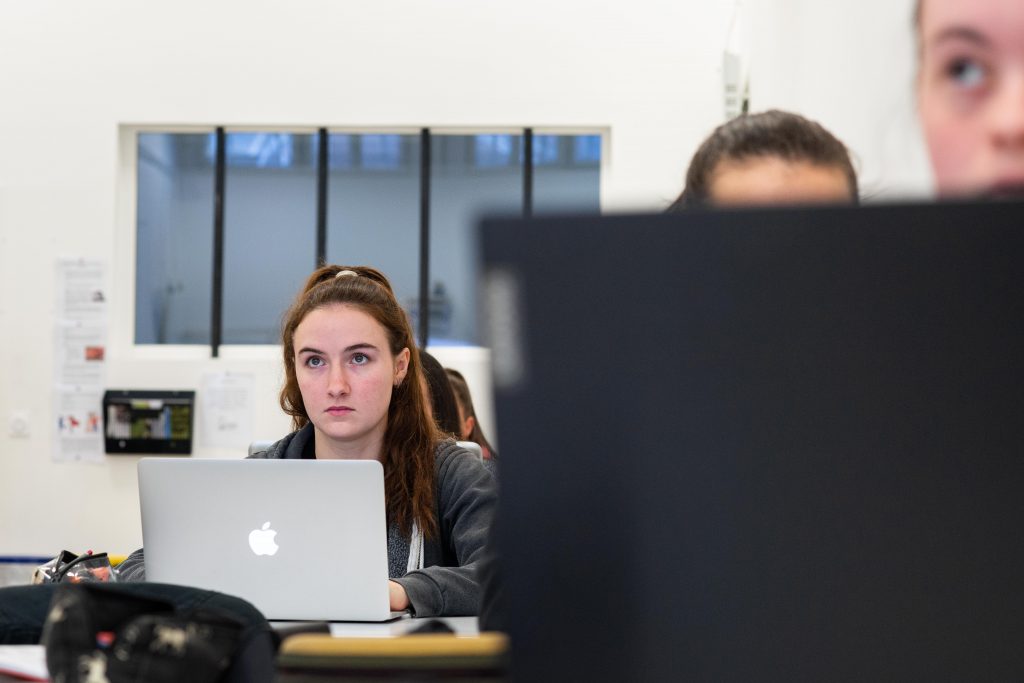
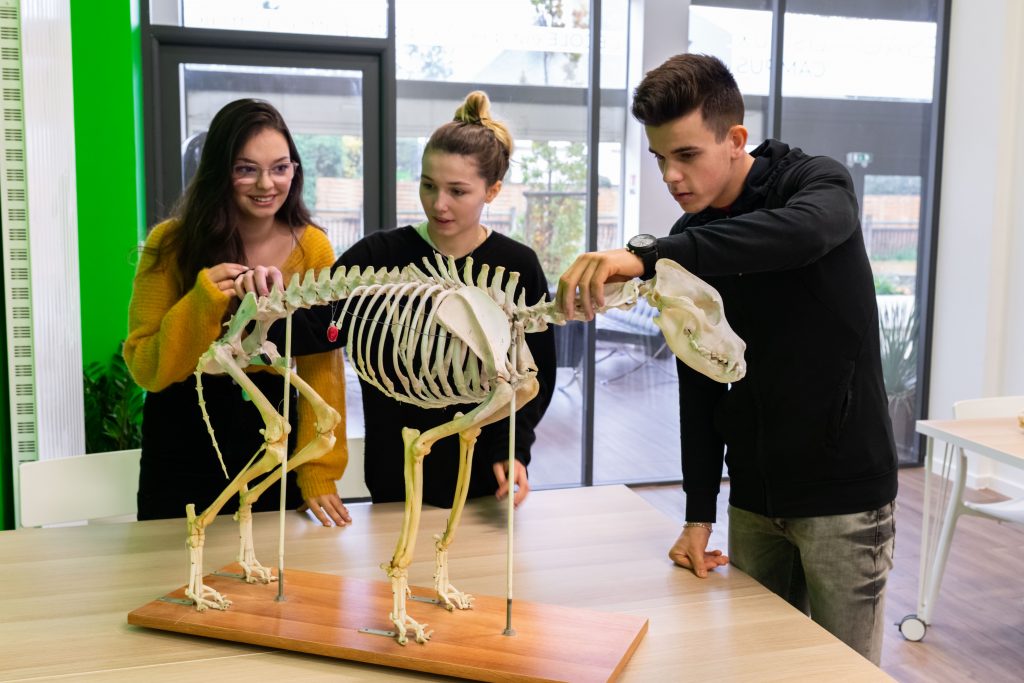
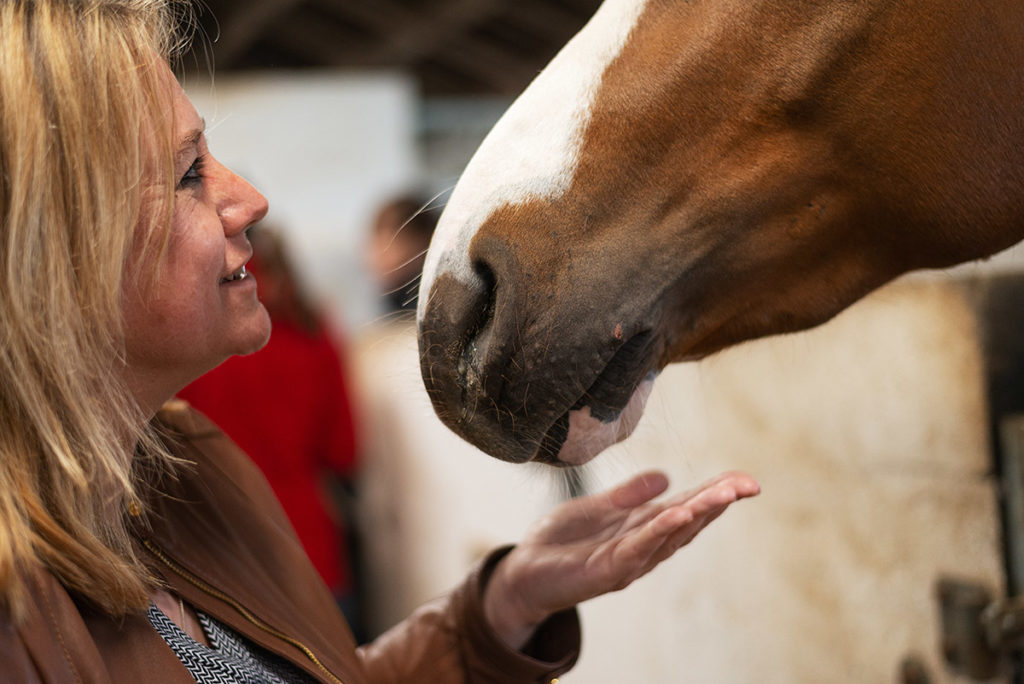
During the training, students learn the acts of animal osteopathy. This involves learning manipulation techniques aimed at preventing or treating functional disorders in animals. These are manual external musculoskeletal and myofascial manipulations.
Courses are split between theory and practice. Practical training in stables, farms, shelters is done from the first year course onwards, giving students hands-on experience in equine, canine and feline osteopathy.
Preparation to become a qualified manual therapist is based on a comprehensive training program. The basic foundation of our training consists in learning the physiology and anatomy of animals as well as the study of the fundamentals of osteopathy. There are also several other additional themes. Future osteopaths for animals must acquire knowledge in pathologies and much more.
Here are some examples :
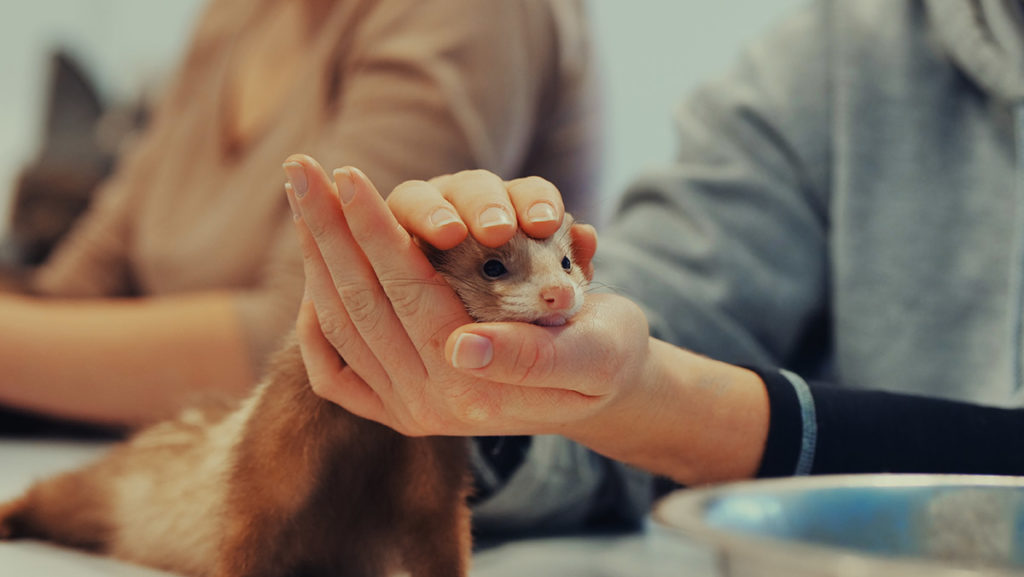
All of our training courses provide future manual therapists with solid knowledge and skills to practice animal osteopathy on all animals. With regards to continuing vocational training, this program is more focussed in its approach because the participants already have professional experience.
For example :
When undergoing training in osteopathic techniques for horses, the trainee learns to master structural, visceral and cranial osteopathy for this species. At the end of the training, the trainee will be proficient in the osteopathic techniques specifically adapted to horses.
Whatever the chosen training program, to be trained in the profession of animal osteopathy is to learn to assess a situation in order to establish an osteopathic diagnosis. A professional manual therapist is able to:
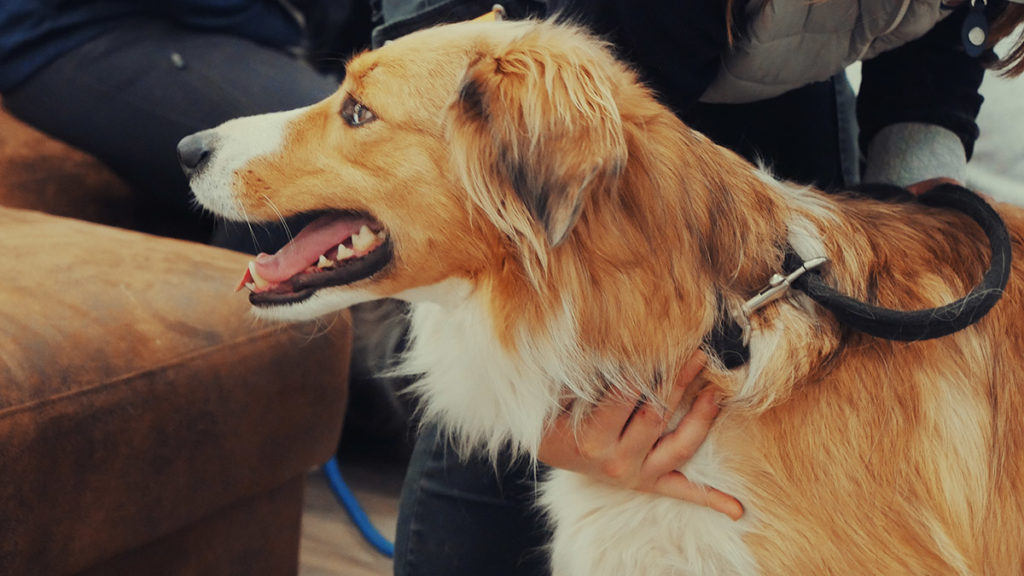
It is important to choose your training course in animal osteopathy wisely. In order to do this, you must consider certain factors.
ESAO is a renowned animal osteopathy school whilst also being the first of its kind in Europe with nearly 30 years of experience in training animal osteopaths and manual therapists. It perfectly meets all of the quality criteria as discussed previously in this article. Training is rich, combining theoretical and practical study. Students benefit from unique access to more than 900 animals across Europe to help them practice and perfect the technical acts of animal osteopathy.
In addition to offering top-level training to its students, the school offers access to a high quality digital platform with up-to-date digitalised courses.
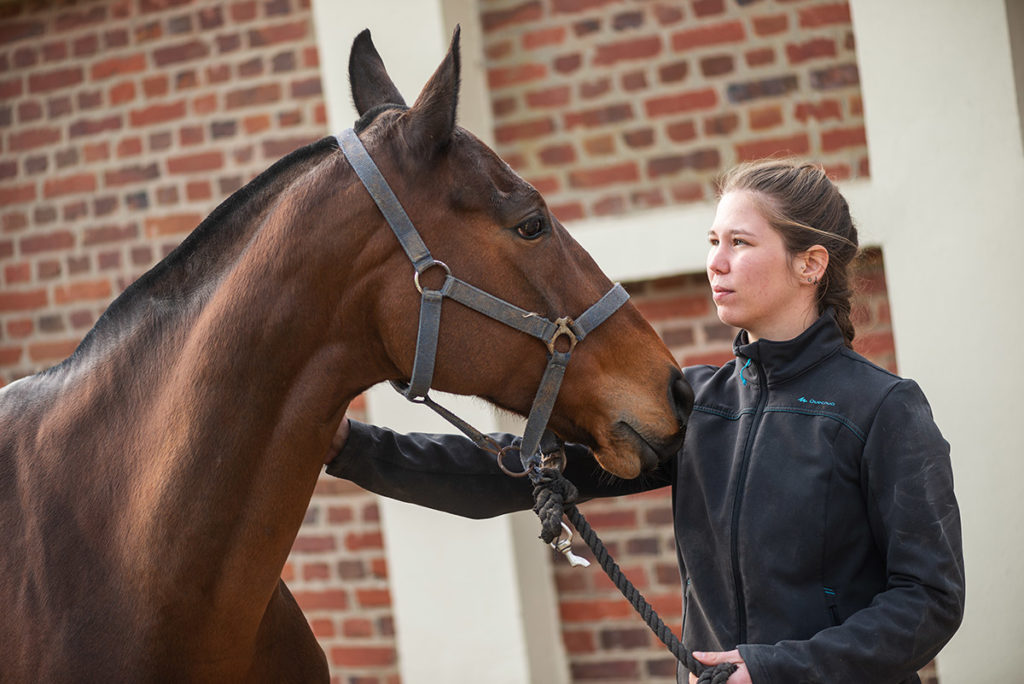
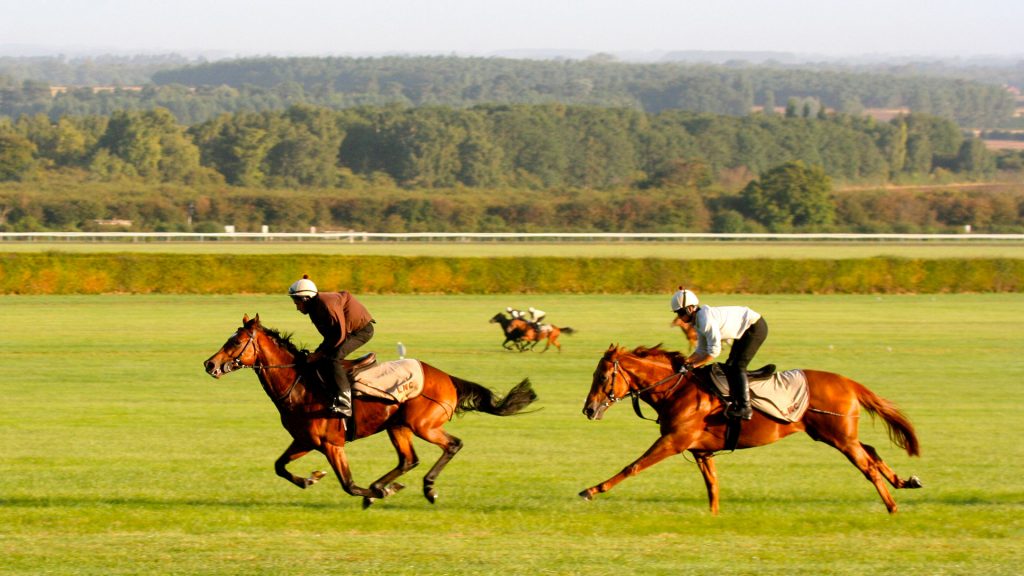
The values and duties that ESAO is committed to certainly contributes to the school’s reputation. ESAO puts respect and animal welfare at the forefront. The school also places great importance on hands-on experience in order to train its future manual therapists. All this within a dynamic atmosphere and with a strong sense of team spirit.
With its UK campus, ESAO offers international employment opportunities to its students. The job market for the profession of manual therapist is indeed booming and European and international demand is high. Choosing ESAO for your training and study is to ensure that you acquire all the skills needed to develop your future activity as a manual therapist.